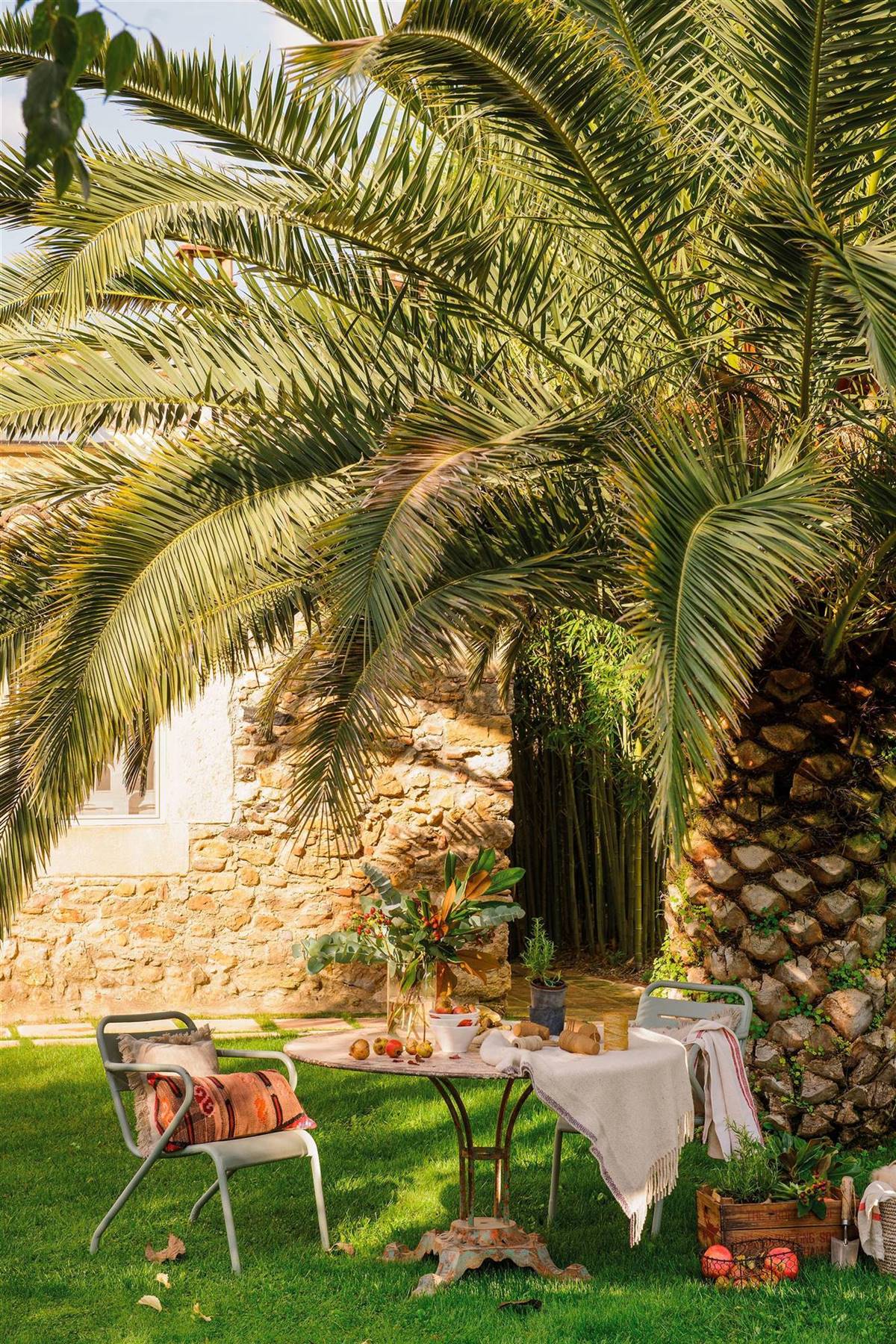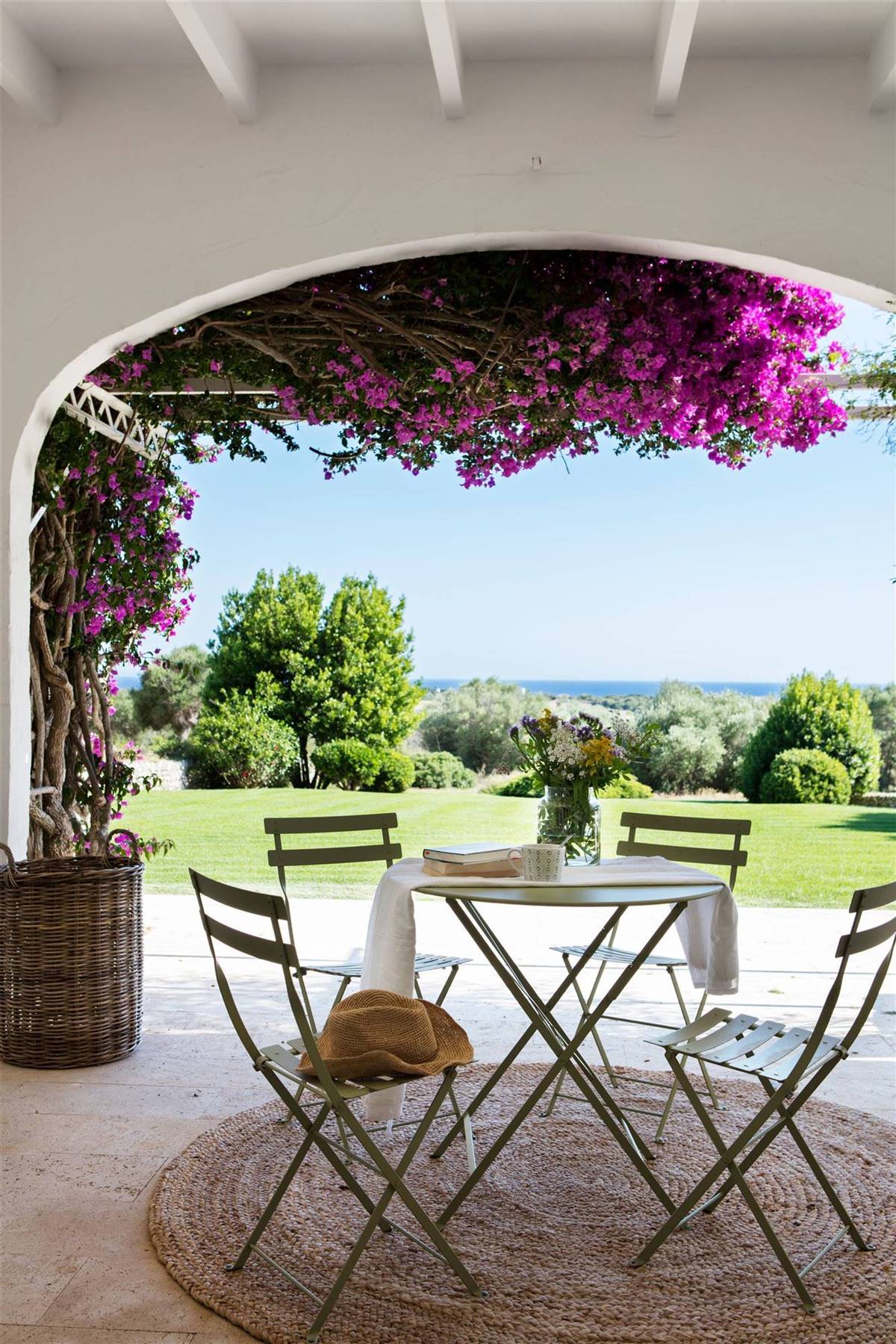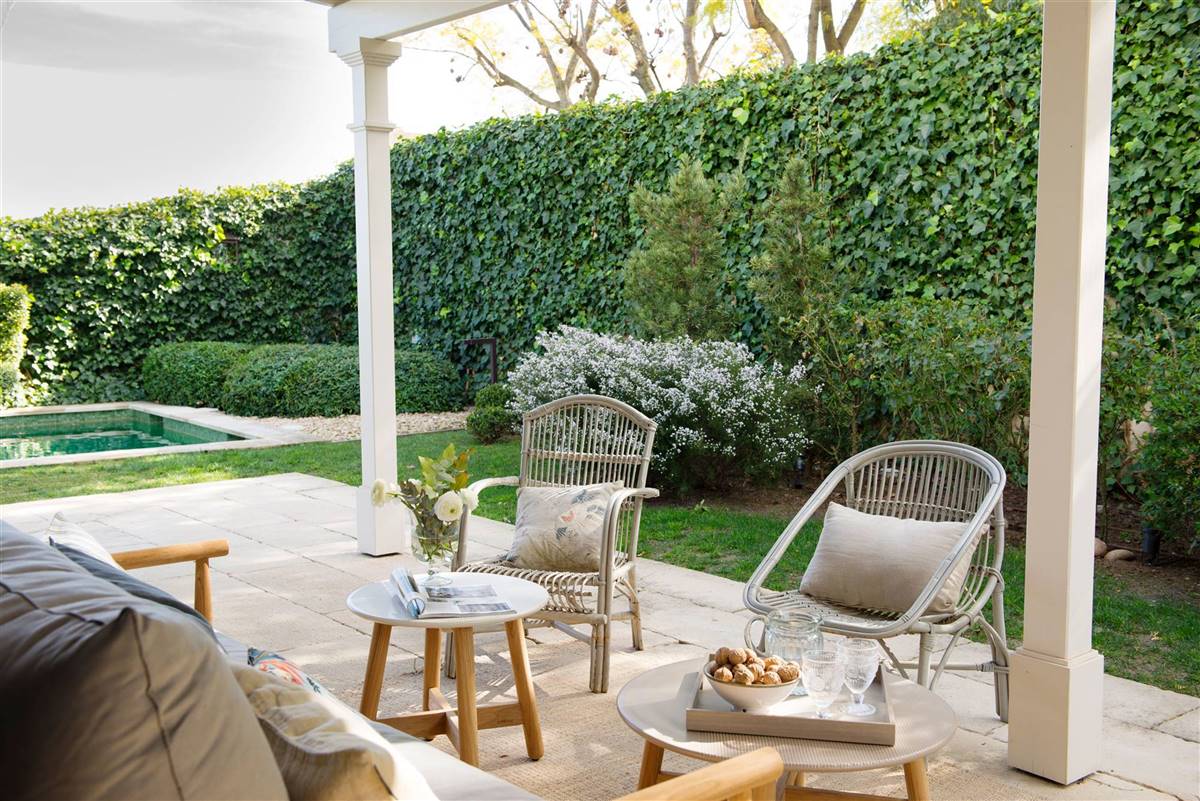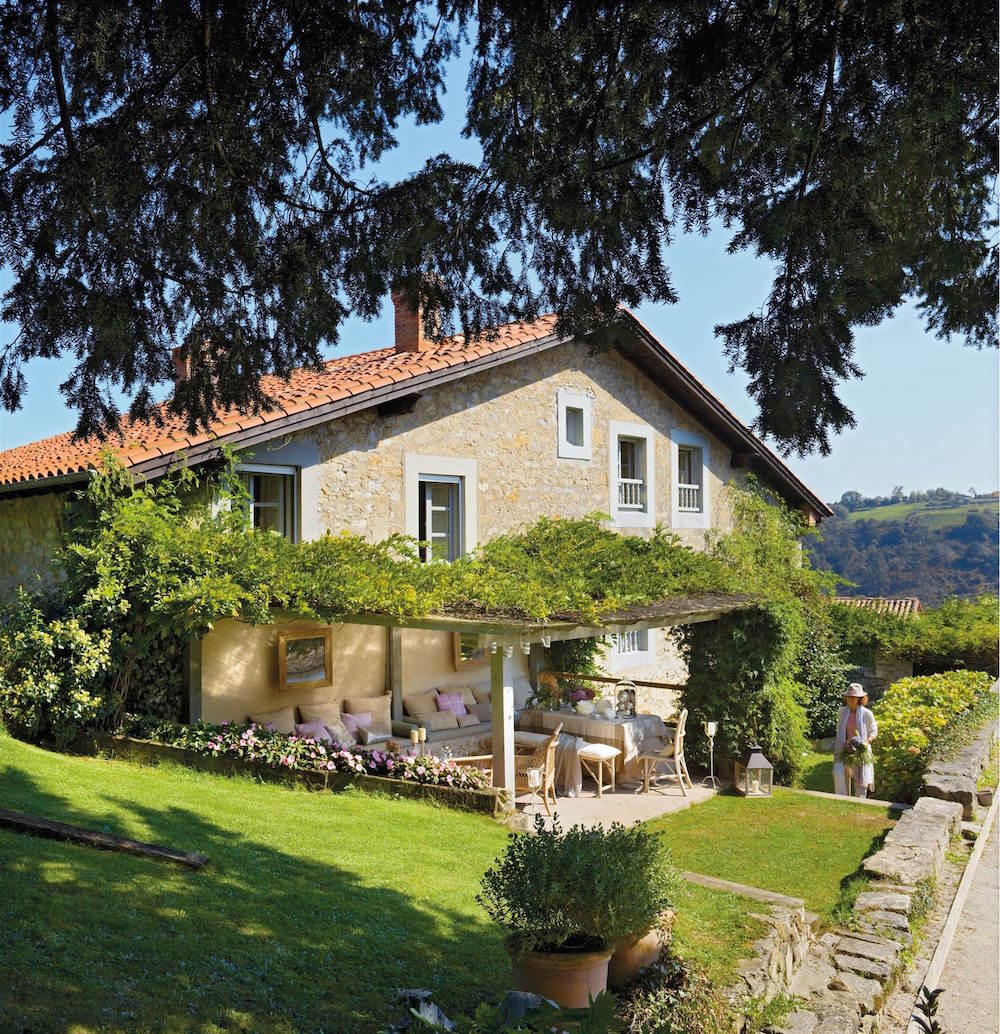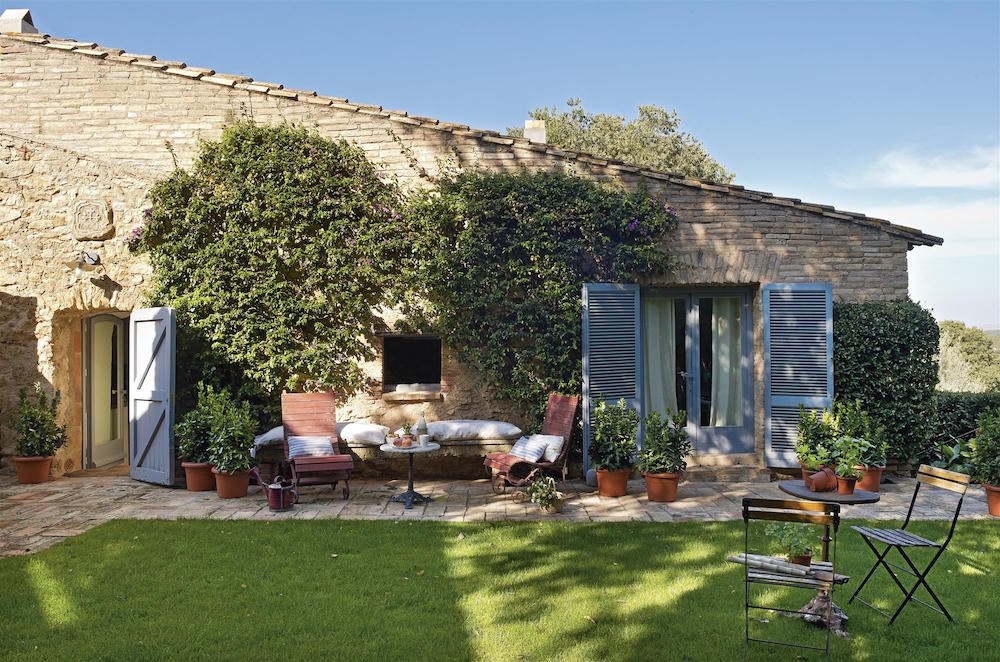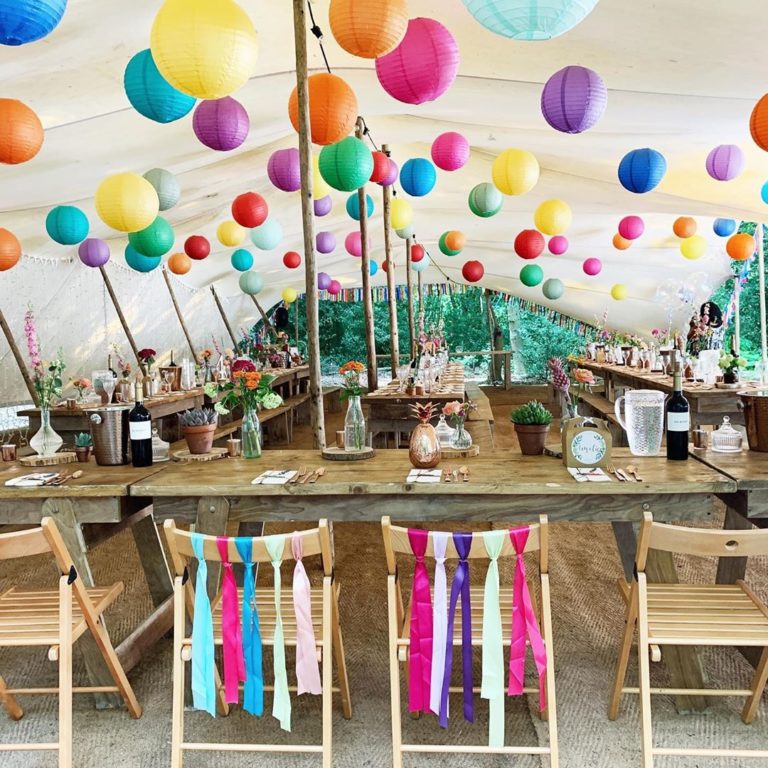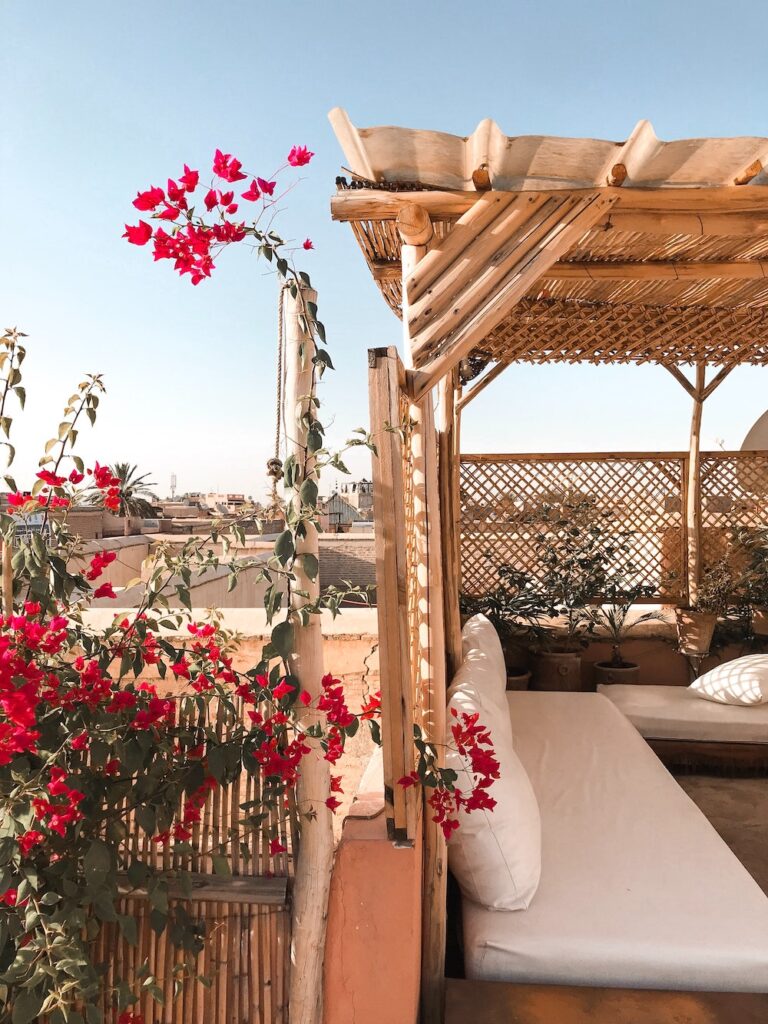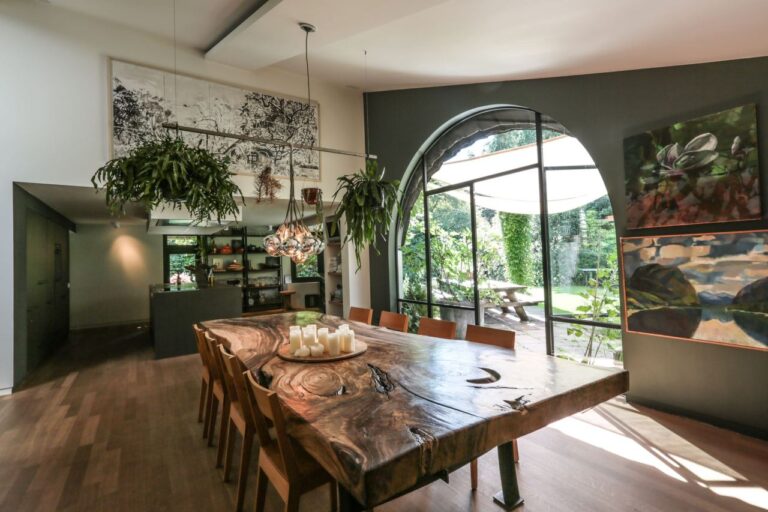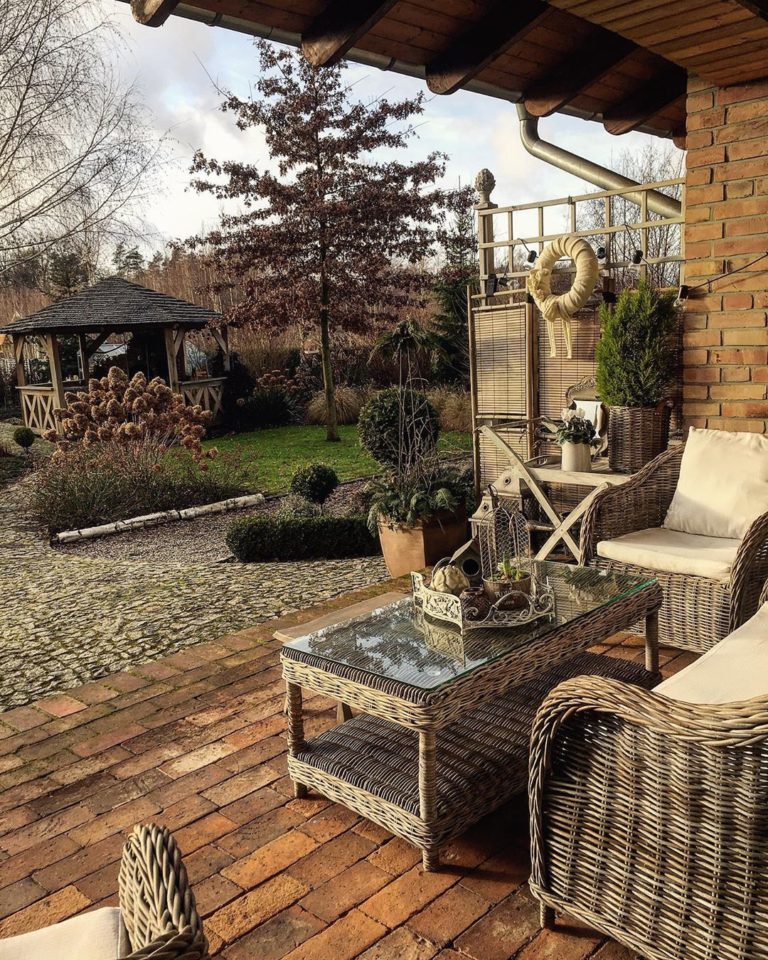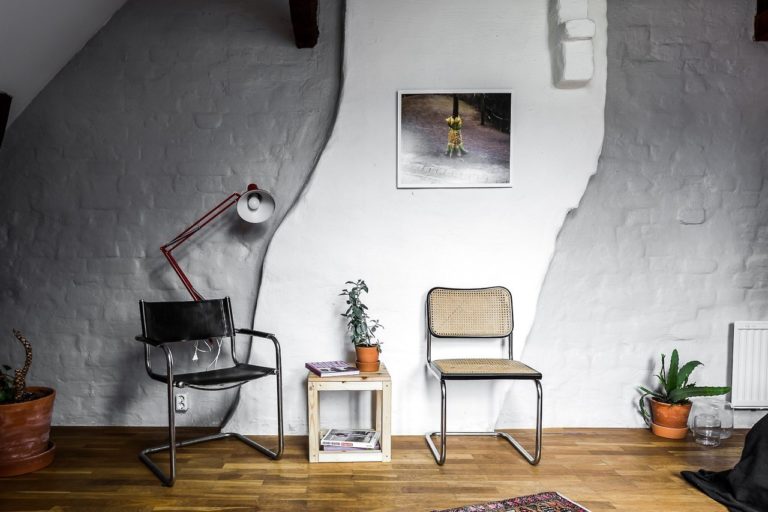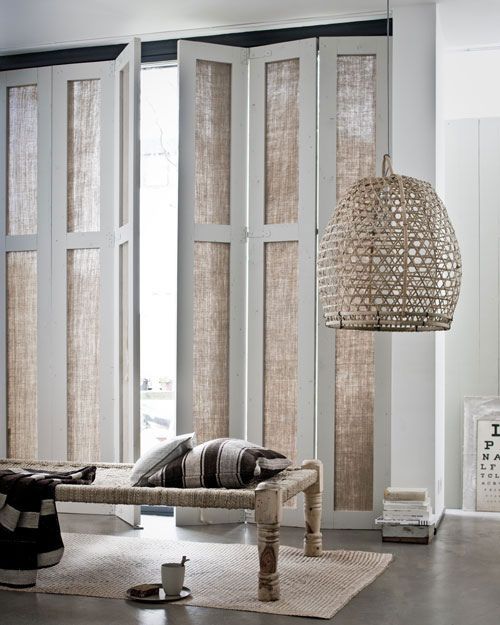Key Improvements for Creating the Garden of Your Dreams
Are you walking around thinking about freshening up your garden, but do not really know how to do it, and where to start?
A tranquil, green oasis of your own. Scents, colors, and gravel that crackles underneath your feet. A garden is a tool for both rehabilitation and a place for various activities that promote our quality of life. Our senses, sight, hearing, smell, touch, and taste are stimulated when spending time there.
Setting up a garden is not easy at all. Take some time to think and plan how you really want your future garden to look like. It’s not just about planting a lawn, planting some flowers, and the occasional tree. Take your time and do not stress out over any decisions that you will later regret. One or several wrong decisions can cost a lot of money and energy. Here are some useful tips to create your dream garden.
Find your purpose
The first thing you should be clear about is what your garden is going to be used for. Should it be filled with plantations and flamboyant flower beds or rather be a place where you just relax with family and friends? Do you need a nicely organized garden shed to store and protect your garden equipment and tools? It’s best to start planning and gather information on the garden shed installation cost. You might also need large areas where children can play or perhaps a wind-protected patio for barbecues and coffee breaks? All of these are factors that affect how you should plan your garden. Once you have arrived at the purpose of the garden, you can start planning which elements need to be on the plot.
Think about time
Another aspect to take into account is how much time you are willing to spend on caring for the garden. Lawn mowing, weeding, and planting are some of the steps that must be performed more or less regularly. For those of you who are often away for large parts of the summer when gardening is at its greatest, or simply not so interested in working the soil, a garden that is as easy to maintain as possible can be a good idea. For example, you can lay stone slabs or shingles over parts of the plot so that you spend less time with the lawnmower, or choose plants that largely take care of themselves and do not require much supervision during the year. If, on the other hand, you see the garden as a hobby and a place where you want to spend a lot of time, you should make sure that it is designed in a way that facilitates the work required. For example, make sure there is access to water for your plantations and that you can easily get around with a wheelbarrow and leaf baskets.
Choose your style
The garden often gets a better overall impression if you try to stick to a certain style or follow a common thread. You can either start from the style of the house and let the garden be an extension of the home, or just choose a style that you like. Modern, Mediterranean, cottage, rustic, or formal – this is your oasis and you choose what feeling it should convey! Does the whole project of planning and choosing a garden style feel a little overwhelming? There are lots of talented garden designers out there who can help you. When you hire a garden designer or landscape architect, you can often choose whether you just want a consultation or get help with the entire implementation, from sketches to purchasing and planting.
Start from the surroundings
The surroundings are not insignificant when you plan your plot. We often want to either pick up the natural surrounding environment and flora in our gardens or shut out sounds and curious glances. If your plot is surrounded by beautiful views, you may want to open up to these and make sure you can take in the views from the places where you will spend most of your time. If, on the other hand, you have a lot of transparency from neighbors or the street, shrubs and trees can be used as privacy protection.
Lighting, both natural and artificial, can make the difference between a bright and welcoming outdoor space and a dark and dull garden. If your garden, or part of your garden, gets very little light or appears too dark, consider installing outdoor lighting to highlight the natural beauty of your plants and landscaping.
Look at your neighbors
Are you unsure about which plants to choose for your garden? In addition to the aesthetic choice, different plant varieties thrive under different conditions. Look at your plot and think about its conditions. What kind of soil is it? Is it mountainous and hilly or smooth and muddy? What latitude does it face and is it wind-protected or windy? A tip is to check with your neighbors’ garden to see what grows well. Often the growing conditions are about the same in the immediate area, so if your favorite flowers thrive in the neighboring garden, they will surely be able to thrive in yours too!
Extend your garden hanger
Mix green plants with flowers, and choose flowers that bloom during different periods. In the spring, for example, it is wonderful to welcome the sun and the heat with classic ornamental bulbous plants such as daffodil, crocus and tulips, and to extend the season in autumn, you can choose late-summer-blooming flowers such as summer anemone, autumn anemone and lovage. Also, keep in mind that the garden should look nice even in winter. Even though you do not spend much time in it during the coldest months, you will always see it from the inside. Ornamental grasses, evergreen shrubs and outdoor lighting make the winter garden beautiful!
Final thoughts
Having a garden to fix and take care of, or just to sit and rest in, is beneficial for all of us. When we spend time in nature and in our gardens, our blood pressure and stress levels drop and our focus is solely on the nature that is surrounding us. Getting as much inspiration as possible and doing the planning with the right steps is important so that you do not have to face unforeseen costs or stress. These were some of the tips we recommend when building or improving the garden of your dreams while obtaining a functional yet beautiful outdoor space.
Images source


